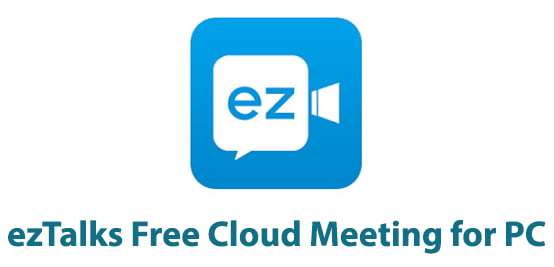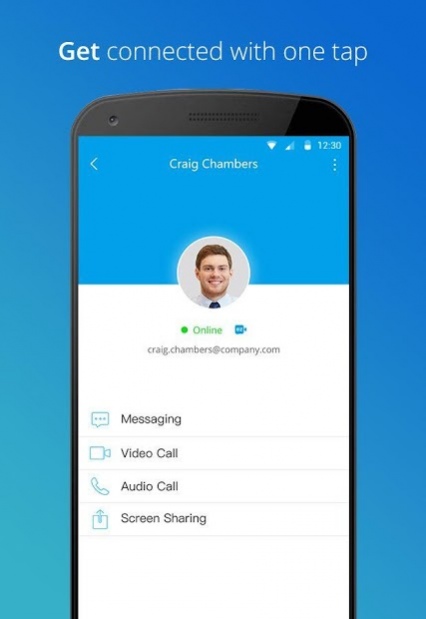
Putting the right policies in place before you begin telecommuting will help minimize these drawbacks, as we covered in that guide mentioned earlier. Difficulty supervising without the correct protocols.

A different set of distractions at home.Needing the right technology to be effective.Though these are easy to overcome, the most pressing obstacles to telework include: However, there are a few downsides to telecommuting options you’ll need to plan for. Then they’ll need to battle workplace distractions, water cooler chit-chat, and pointless meetings. Non-telecommuting employees may be late to work fighting traffic. But telecommuters trade the rush hour traffic jam for the convenience of the virtual highway.Įmployees wake up ready to check emails on their smartphones, open their laptops to create task lists, and get to work ASAP.

In one survey, 45% of employees called commuting the worst part of their work day. Zero commuting and a smaller carbon footprint.The top advantages of telecommuting include: Telework benefits both your company and your employees. So why should you consider switching to a flexible work environment? Let’s go over the most significant telecommuting advantages and disadvantages next. And they could have varied work hours or work a set schedule. Your employees may be full-time or part-time remote workers. Unlike self-employed freelancing, this work arrangement is between an employer and their employees in departments like: Telecommuting allows employees to work at a remote location instead of in the office. So is your company ready to offer flexible work arrangements? Whether it’s a temporary solution or a future goal, this guide covers everything you need to know, including: employers over $30 billion per day during the crisis.

Remote office phone systems and other trends in business communication allowed teleworking to increase 159 percent between 20 in the U.S.īut the coronavirus outbreak will push a new global wave of telework programs - and fast.Īdopting work-at-home initiatives, experts say, may save U.S. Now workspaces can be as varied as a home office, your favorite coffee shop, or even a modern coworking space.Īll this is possible thanks to telecommuting, or the practice of working from home with the help of Wi-Fi internet, email, and telephone devices. Gone are cubicles and the routine 9-to-5 office life. For many employees, the workplace of the future looks very different than it once did. Telecommuting and remote work have opened the doors of possibility for today’s top companies.


 0 kommentar(er)
0 kommentar(er)
